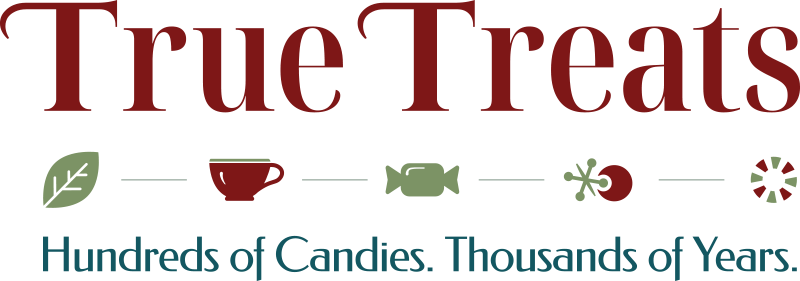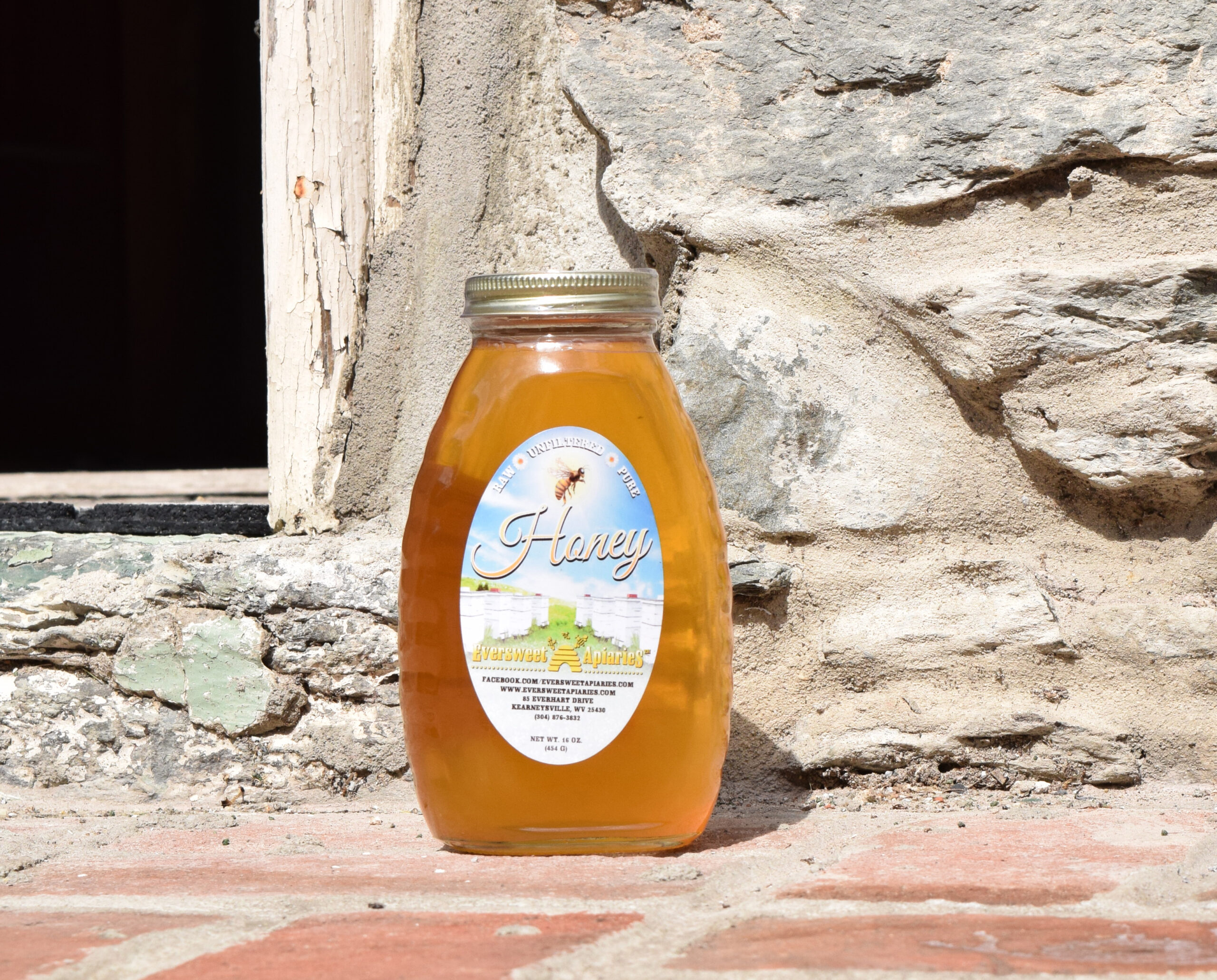 Ian Roberts is a craftsman who sells bracelets and other trinkets from a stall at the beach. He uses black coral and other natural elements which he polishes and shapes using a cigarette lighter. The results are finely crafted pieces with a rich amber hue.
Ian Roberts is a craftsman who sells bracelets and other trinkets from a stall at the beach. He uses black coral and other natural elements which he polishes and shapes using a cigarette lighter. The results are finely crafted pieces with a rich amber hue.
My people came from indentured Indian people who mixed with Africans. There were so many races here, the Indian people, the Africans, they mixed with the overseers. My people came after slavery and signed a five-year contact. After the contract ended, they stayed. Maybe it was better than in India. Maybe they didn’t have enough money to leave. I don’t know. I was raised by my grandmother and mom. My mom had so many children, eight children, I had to make it on my own.
There was a big estate up on the West coast. The grandparents worked on the estate; they got coconuts and sold them to a factory for making soap. There were sugar cane plants – every farmer had a ¼ acre. When one was cutting the others would help. They would cut the cane and trucks would come and the children would load up the trucks. Mr. Nichols owned the estate. He was French. He didn’t like locals…He hardly paid them for the sugar cane.
A group of us, of boys, would come together and sell fruit from the estate to the yacht people at the harbor – oranges, mangos, sapodillas that grow on the hill. People from all over the world would come and relax in Halifax Bay at the nice clean water. We had to steal the fruit – we were boys. You know boys. We didn’t call it stealing. We called it pilfering and hunting. Sometimes, the overseer would run you down. You could go to jail for that. (He smiles.) We would sell the fruit to the yacht people – oranges, grapefruit, bananas.
In the dry season we would go hunting and fishing at night, especially when the mangos were ripe. All the children would go on a hill with buckets and collect the mangos. Everything was drying out and the possums would come out looking for water and get the mangos. We would hunt them down with a sharp rod and get them like this (jabs into the air) and we would cook them and eat them.
Everyone was looking for survival in those days.
The estate is closed now. The government took a big portion of the land – they called it land of the landless. During the Revolution they took a portion of the land for a playing field. The revolution was nice. It brought a group together to cooperate. People came together.
After the interview, he shook my hand. “I hope I will see you soon, sister.” I was wearing one of his bracelets when I left.
My people came from indentured Indian people who mixed with Africans. They came after slavery and signed a five-year contact. After they stayed. Maybe it was better than India. Maybe they didn’t have enough money to leave. I don’t know.
I was raised by my grand aunt and Mom. My mom had so many children, eight children, I had to make it on my own. Sometimes a group of boys would come together and catch iguanas and possums.
We’d sell fruit to the yacht people at the harbor – oranges, mangos, sapodillas that grow on the hill. We would sell the yacht people oranges, grapefruit and bananas. People from all over the world would come and relax in Halifax Bay at the nice clean water. We would sell them fruit from the estate. Sometime you had to steal it – the overseer would run you down. We didn’t call it stealing. We called it pilfering and hunting. The grandparents worked on the estate, they got coconuts and sold them to a factory for making soap.
The grandmother I grew up with was a fisherwoman, I use to help her sell plastic bags to put fish in. I helped in the garden, growing corn, wheat, yams. We used to sell fish, agriculture, peas, sweet potatoes and corn. We sold the mangos at the local market in St. Georges. We had early pigeon peas. Everyone shared food, it was very nice in the ‘70s.
My Mom would clean the roadside, put down pavement.
It was a big estate up on the West coast. It is closed now. They were Every farmer has a ¼ acre, when one is cutting the others would help. When it was the dry season the trucks would come and the children would load up the trucks.
Everyone was looking for survival in those days.
Mr. Nichols owned the estate. He was French. He didn’t like locals…He hardly paid them for the sugar cane. The government took a big portion of the land- they called it land of the landless. During the Revolution they took a portion of the land for a playing field. The revolution was nice. It brought a group together to cooperate. People came together.










